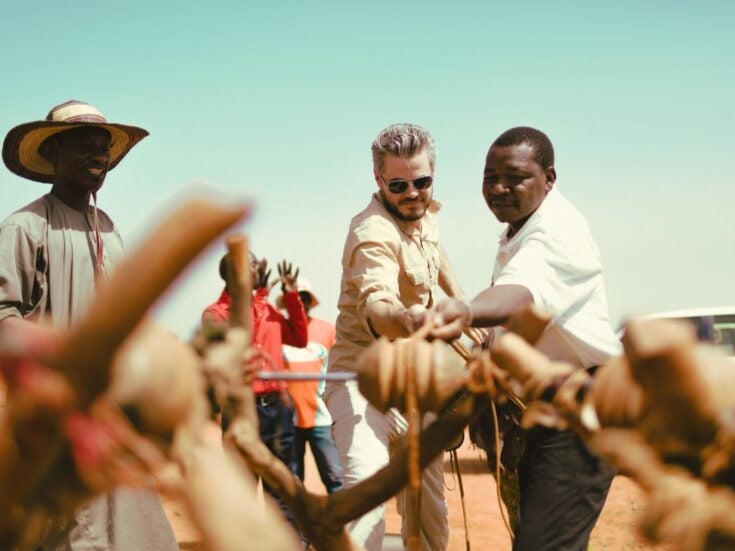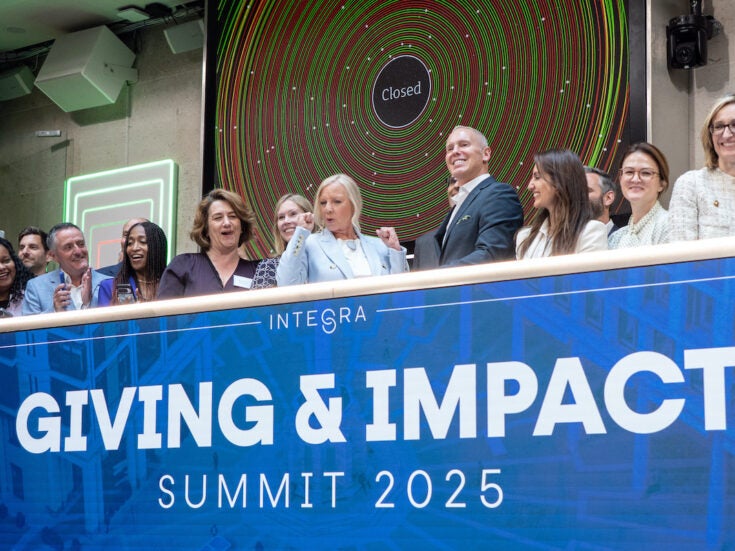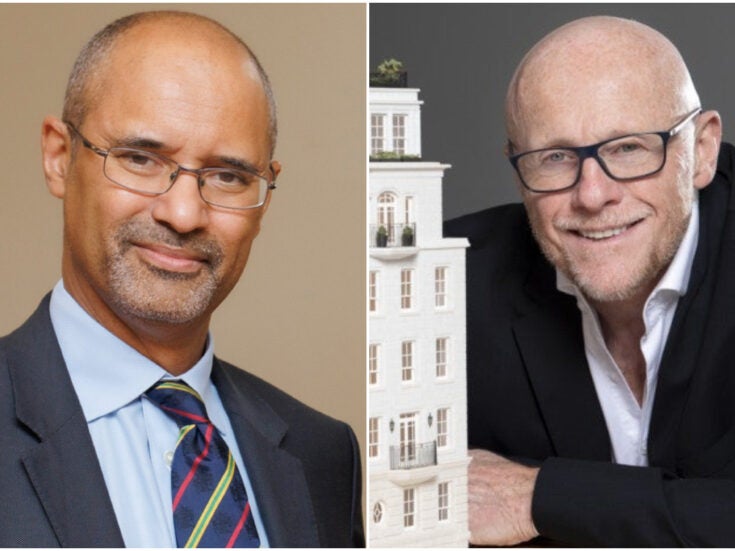
Park Life

Art collector Anita Zabludowicz is supporting the Legacy List, a charity run by Sarah Weir aiming to keep art and culture in the Olympic Park for the long run
ANITA ZABLUDOWICZ
Chair, The Legacy List
I started giving when I was about eleven when my father sent me knocking on doors asking for prizes for the Variety Club, which is a children’s charity. They also had a programme for disabled children and I used to help at the different events they put on.
Once I started collecting art, then my philanthropy went to helping young students and patronising young artists, which is a gap at the moment in this country. There’s not much support when a student leaves college and they move on to their career; it’s very difficult and they need some form of help.
Boris Johnson came one day, on his bicycle, to our space in London — we have a philanthropic space in London called the Zabludowicz Collection at 176 — and we had a talk, and he told me about his plans in the Olympic Park. I told him they were rubbish and he was very shocked!
Then he said, ‘Well can you get involved? I want you to do it.’ And that’s how I met Sarah, who at the time was working at the Olympic Delivery Authority, heading all the art projects around the park. We set up a competition scheme for the design of what is now the ArcelorMittal Orbit.
From there, Boris realised I was a redundant part of that project, so he thought it would be a good idea if the legacy company had some sort of charity back-up. This was to enhance things that could happen in the park that the Olympic Park Legacy Company couldn’t pay for, for example building a playground in the park. We’ve already done that in Three Mills. This is what we’ve been doing — the Legacy List has been creating projects for culture, education, skills, bringing in the community within the park.

I wanted to get involved for London, not the Olympics. To be honest, I know this is the Olympics, but this has been a springboard opportunity to do something great for London. Around the Olympic Park, we’re regenerating the whole area: there’ll be 30,000 people living in that area. There are 150 schools we can work with. We want it not to be a desolate piece of land. We want it to be an interactive, harmonious bed of activity.
SARAH WEIR
CEO, The Legacy List
I’ve been involved in the Olympics since about 2005 and I had always been thinking about the future. For me it wasn’t really about the Olympics so much as about creating something for the long term, so that people can achieve more of their potential, particularly in culture and education.
The Legacy List had actually been talked about as a possibility in 2007, and it was felt that there should be a charity after the games that would be fleet of foot, small and entrepreneurial, different to the public body who ran the park. I wanted to ensure that the cultural legacy of the Olympics is as a strong as the sporting and educational legacy.
The artistic legacy at the moment is a series of projects that are taking place around the park, because you can’t currently get in the park. The children’s play space is one project we’ve already funded. The legacy has small initiatives over three years that can then hopefully move into the park in the third year. It’s about being creative, making those connections from outside the park to inside the park. We’ve got bigger ideas from 2014.
The projects will be interactive. For example, Jason Bruges has made a bridge that’s 100 metres long; you set off a Belisha beacon and as you run across it a ticker is paced at the speed Usain Bolt would run at, so it goes ahead of you!
We’re raising money by going to private individuals, and this is where Anita’s role has been critical: not only has she personally supported the charity but she has encouraged her friends and her colleagues and people who don’t even know her to support the charity. Through that we’ve already managed to raise £1.4 million.
The London riots last year show why this is all necessary. We’d been thrown out of our offices three days running, and I was on the Overground as we came into Hackney Central. I looked down onto Mare Street, a street I’ve walked down thousands of time, and the whole street was up in flames and there were police everywhere. In that moment, if I ever had any doubt about whether the Legacy List was needed, I had none then. I thought, ‘That’s exactly what we’re there for.’
www.thelegacylist.org.uk
Read more by Josh Spero






